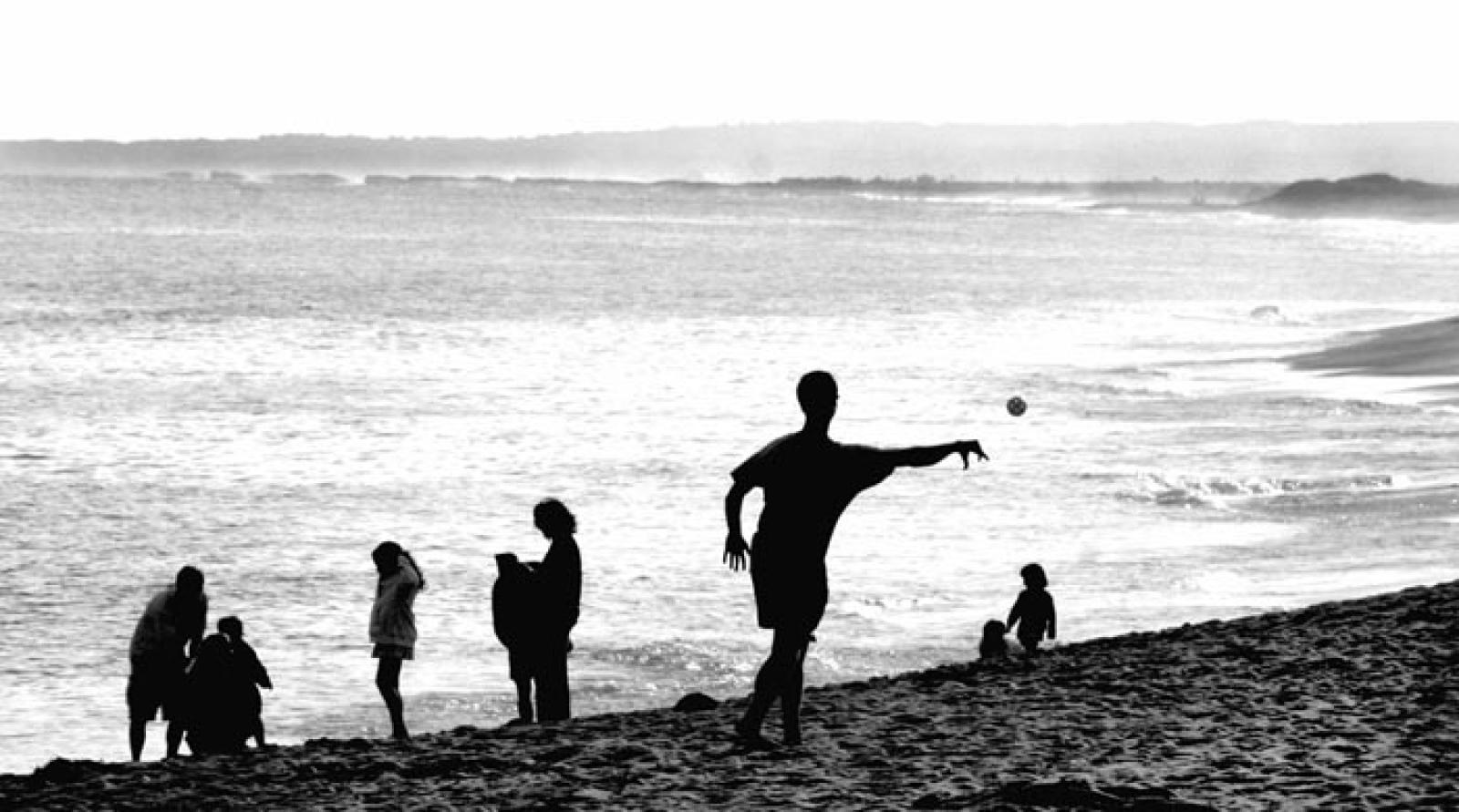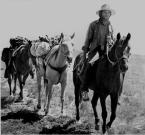My affair with Katama began about 30 years ago. I was sitting in the office of my state-certified, water-testing laboratory when the phone rang. A voice with a familiar tone asked, “May I speak with the owner.”
“Yes, you are speaking with the owner, this is William. With whom am I speaking?”
“This is Walter Cronkite, and I’m concerned about boat pollution contaminating the waters of Edgartown Harbor and Katama Bay. I would like to know if the results from your water-testing laboratory will hold up in court?”
This discussion evolved into Walter and the commodore of the Edgartown Yacht Club, Robert Hubner, hiring my laboratory to do an in-depth, six-month undercover study of illegal boat waste discharges. This study resulted in the passage of bylaws prohibiting such discharges, the installation of the first-ever floating boat waste pumpout facility on the Vineyard, and the prohibition of transient boats and yachts from anchoring in Katama Bay.
About one month later, I received a call from Walter Smith, of Walter Smith Plumbing and Heating. Walter’s client was Stan-Mar Inc., which owned the Mattakesett condominiums near South Beach. Saltwater intrusion was contaminating their wells. After testing a series of bore holes, I was able to determine the depth and location of new wells to supply the condos with potable water.
Then in 1986, I purchased my Katama property from my good friend, Fairleigh S. Dickinson Jr., whose dad founded my alma mater.
Thus, through a cascading series of events, I was introduced to Katama.
Today, I love living year-round on Pleasant avenue in Katama — where life is pleasant, the water is pure, the distant rhythm of waves lulls me to sleep and the birds sing happy tunes no matter the weather. I know what you may be thinking — this sounds like Garrison Keillor referring to his fictional Lake Wobegon — but this is certifiably true!
A short walk along a grassy, tree-lined path from my home brings me to a pebbly beach along Katama Bay. The gentle waves, clean water and convenience make this my favorite swimming spot. Looking toward the east there is a vista that humbles the spirit and fills the eye with awe. Chappy looms about a half mile away while the more distant South Beach appears like a long, lumpy line separating water from heaven.
The evolution of my Pleasant avenue neighborhood is such that my neighbors and I enjoy complete visual privacy. The retention of indigenous vegetation makes for low maintenance, while minimal use of energy, quietude and a natural habitat enhances the survival of indigenous species. When I first moved to Katama in 1987, three of my seasonal neighbors lived in rustic camps that were of two-by-four construction on cement slabs. Two of them even had outhouses! Even though today’s seasonal replacement homes are more substantial, the charm of the area has prevailed.
In some minds, our Katama region is a bit bleak in winter as vegetation transforms from vibrant green to dull gray. Understanding this, my first few years focused on surrounding my home with over 150 evergreens of many varieties. Now, when snow falls, the grounds around my home appear as a Christmas wonderland of white crystals sparkling against a varied green-hued backdrop. Another benefit of the dense evergreens is the shelter and food they provide for an entertaining variety of bird life.
Looking back thousands of years, the fertile soils of Katama’s glacial outwash plain were home to one of the native sachems. The word Katama comes from a Wampanoag word meaning “crab-fishing place.” They chose to live here because of the large freshwater ponds, the bounty of shellfish and fish, deer, bird life, various mammals, an abundance of indigenous grapes and berries, herbal plants and some of the Island’s most fertile soils that were and still are easy to till and plant.
Vineyard Native American historians are well aware of the midden treasures discovered in Katama. On a similar note, we have the ancient love story entitled, The Legend of Katama, an indigenous oral creation story about a Wampanoag Indian maiden named Katama and her love of a brave named Mattakessett. In this story we find the subliminal theme of Ocean marrying Moon and the resultant birth of Life.
And like the Wampanoags, we continue to launch boats into the life-filled waters of Katama. The Katama public boat ramp with its large parking lot is always bustling as boats of all shapes, sizes and colors slip into and out of the water. On occasion, as I ride my bicycle around the scenic bike paths, I’ll stop and sit at the boat ramp and watch the fun. Across the street from my home lies the Farm Institute, a nonprofit teaching farm that engages children and adults in sustainable agriculture through the operations of a working farm. The farm provides year-round educational programs that offer learning experiences in humane livestock management, land preservation, nutritional awareness and growing various crops. Another bonus is he farm’s community garden plots that allow folks to grow their own. I was raised on an organic farm that included animals, and the sight, sound, and smell of sheep, cows and chickens brings back many memories.
When it comes to bicycling, Katama is known as biking nirvana. It is only a short bike ride for me to visit South Beach, Edgartown Great Pond, the Field Club, Right Fork Diner and the Lure Grill, downtown Edgartown, the Edgartown Lighthouse, Stop and Shop, the Edgartown Post Office and nearby Triangle stores, Edgartown Yacht Club and Morning Glory Farm.
Thus, when asked about my love for Katama, I must admit, love of Katama is a many-splendored thing.
William Waterway is an author, poet and water quality expert.







Comments (1)
Comments
Comment policy »